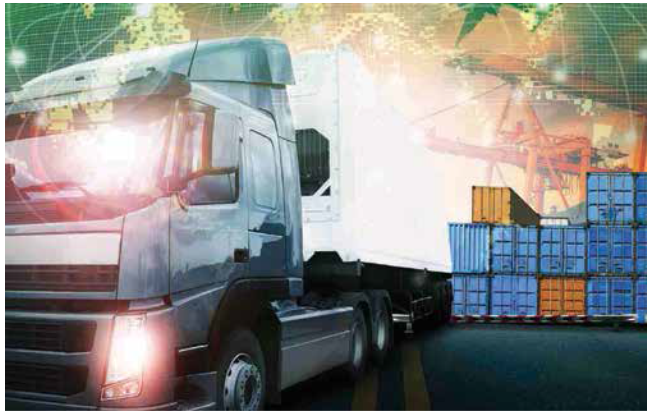[vc_row][vc_column][vc_column_text]
FDI and public–private partnerships in infrastructure projects are welcome as Bhutan offers significant opportunity for projects in the areas of airport infrastructure, highways, bridges, tunnels and dry ports
With a GDP growth rate of 6.49 per cent (2015), the Himalayan kingdom is a buoyant economic growth story of South Asia despite being landlocked. The country has earned itself a special place not only in South Asia but in the whole world for considering Gross National Happiness (GNH) as a critical growth index. As per the development indicators, Bhutan has a per capita income of $2,500, which is one of the highest in South Asia. In the last three decades, Bhutan’s economy has expanded at a robust pace driven by hydropower sector. The country’s economy is largely based on tourism, agriculture, live stock and forestry. In 2016, the country’s total imports was valued at $4,57,019 and exports was $1,40,604. Majority of exim shipment is through Visakhapatnam and Kolkata. During FY2016 exports from India to Bhutan touched $469 million and imports from Bhutan to India was $281 million. India continues to remain Bhutan’s largest trading partner.
Major imports from India to Bhutan are diesel, parts of hydraulic turbines including regulators, ferrous products, petrol, wood charcoal, other coal, coke and semi coke, Portland cement, mineral products, base metals and articles, machinery, automobiles & spares, animal products, chemicals, wood, plastic, rubber and agricultural products. The major items of export from Bhutan to India are electricity from the four hydropower plants at Basochhu, Chukha, Tala and Kurichhu; Ferro silicon, Portland cement, dolomite, carbides of calcium, carbides of silicon, cement clinkers, timber and wood products, and a range of agricultural products. With the beginning of 2017, Bhutan has also initiated movement of goods to Bangladesh through Banglabandha inland port. Notably, Bhutan, Bangladesh and India had signed a tripartite agreement in 1997 for land movement of goods and recently India has also initiated efforts for broader trade relation with Bhutan and Bangladesh through land movement of EXIM goods. Jaigaon acts as the most important border trading point between India and Bhutan, catering to around 90 per cent of the Bhutan trade. Recently, efforts have been initiated to develop Jaigaon Integrated Check Post (ICP) to provide seamless goods movement. The location of the ICP is being considered at a green field site at Balon Chopati situated on Pasakha Access road portion of the Asian Highway 48. Moreover, Bangladesh, Bhutan, India and Nepal Motor Vehicle Agreement is envisioned to improve economic co-operation in the region. A new agreement on Trade, Commerce and Transit between India and Bhutan has come into force with effect from 29th July 2017. Bhutan in recent years has been encouraging FDI and public–private partnerships in infrastructure projects. While Bhutan’s domestic market is small, the country’s special relationship with India offers duty free access to India and preferential access to the sub-continent through SAFTA. Duty free and preferential access also exists on certain goods from Bhutan to the EU, US and certain other countries in the region. Due to Bhutan’s limited financial and resource capacity, it offers significant opportunity for projects in the areas of airport infrastructure, highways, bridges, tunnels, cable cars, and logistics facilities such as dry ports, among others.
[/vc_column_text][/vc_column][/vc_row]







